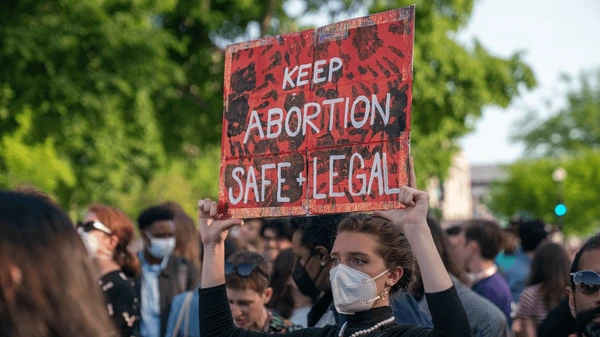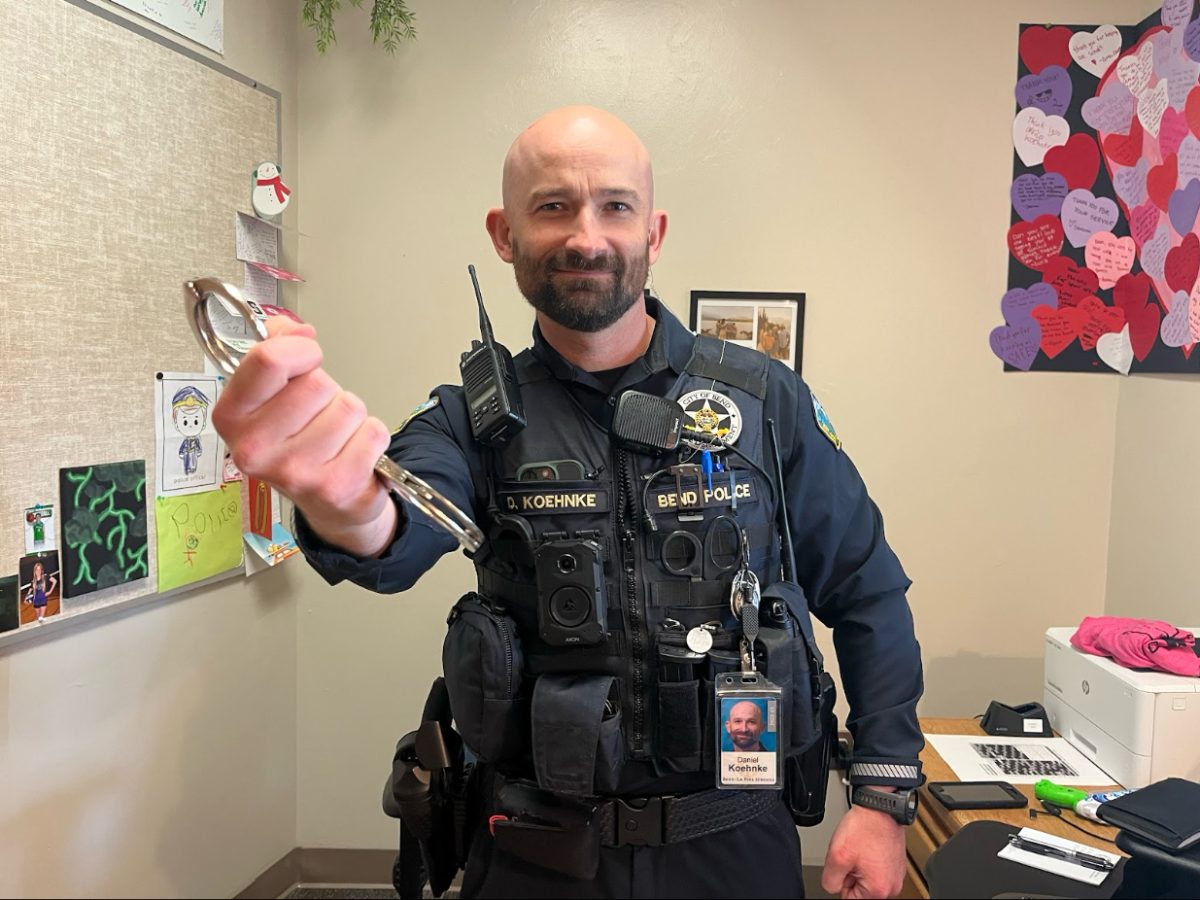After Roe v. Wade—which granted federal protection to abortion rights—was overturned in 2022, many states instated strict abortion restrictions. Although Oregonians have not yet had to worry about their reproductive rights, the re-introduction of the topic into the Supreme Court could affect the entire country.
The Biden Administration brought forth a new case that argued that Idaho’s strict abortion regulations were in violation of federal law, specifically the Emergency Medical Treatment and Labor Act (EMTALA) which requires physicians to provide the “treatment necessary to stabilize an individual with an emergency medical condition.” However, in Idaho when a woman’s life is in danger, abortion regulations force doctors to wait until a condition is at its worst.
Idaho prohibits all abortions at any stage of gestation and has very limited exceptions for rape or incest. Abortions may only be administered where the life, not “merely” the health, is at risk.
For example, in Idaho if a patient goes to the hospital with an ectopic pregnancy (in which the egg is stuck in the fallopian tube and has absolutely no chance of forming a baby), physicians are forced to wait for the fallopian tube to burst. Not only does this inflict unnecessary pain upon a patient, it effectively destroys part of their reproductive system and can result in death.
U.S. Solicitor General Elizabeth Prelogar—who supervises and conducts government litigation in the United States Supreme Court— argued in favor of the Biden Administration and testified in front of the court that Idaho would have to adjust their restrictions to fit federal standards.
“Idaho cannot criminalize the essential care that EMTALA requires,” said Prelogar.
If the Supreme Court rules against Idaho, it would set a precedent that would require other states to re-examine their abortion restrictions and make necessary adjustments to comply with federal law. This means that all states with abortion restrictions would be affected as federal law has power over state law.
The Supreme Court oral arguments took place on April 24 and lasted for more than 90 minutes. Justice Brett Kavanaugh argued that there was no such conflict and that under Idaho’s restriction doctors are given “good faith” to determine whether they are legally permitted to administer an abortion.
However, Justice Elena Kagan argued that the conflict was explicit and that EMTALA directs doctors to provide emergency care to prevent patients from reaching a near-death state.
“If the woman is going to lose her reproductive organs, that’s enough to trigger this duty on the part of the hospital to stabilize the patient and the way to stabilize patients in these circumstances, all doctors agree,” said Justice Kagan.
One of the biggest surprises during the hearing was that conservative Justice Amy Coney Barrett sided with liberal judges on several points, despite her personal opposition to abortion rights.
Justice Barrett questioned a contradiction from Idaho representative Joshua Turner who argued that there was no direct conflict between abortion restrictions and EMTALA but then seemingly changed his mind after Justice Sonia Sotomayor pointed out examples where Idaho’s abortion restrictions could lead to permanent long-term health effects, such as fertility, damage to reproductive organs and other complications.
Despite the fact that this case grants the court an opportunity to provide some guidance on which abortion bans go too far, it also offers a chance for them to weigh in on fetal personhood. The establishment of fetal personhood would grant fetuses, and sometimes embryos, the same rights as children. If personhood was established, the legal rights and status of pregnant people would be forfeited and there would be room for arguments against miscarriages, IVF (in vitro fertilization) and contraception access.
Although EMTALA has no direct connection to abortion, it uses the term “unborn child” in reference to women who are in the middle of labor or are about to deliver a baby.
Idaho claims that because federal law uses the phrase “unborn child” that medical professionals have two people to consider when a pregnant person goes to an emergency room, making EMTALA anti-abortion.
“Federal law does not preempt Idaho’s Defence of Life Act. In fact EMTALA and Idaho’s law share the same goal: to save the lives of all women and their unborn children,” said Idaho’s attorney general, Raúl Labrador, in a statement about the court’s upcoming decision.
However, Justice Sotomayor pointed out that Idaho’s law often works against this goal.
“Idaho law says that the doctor has to determine, not that there’s merely a serious medical condition, but that the person will die,” said Sotomayor.
The Supreme Court has an opportunity to set a precedent that will protect reproductive rights, ensure that all individuals have access to the medical care they need in times of emergency and will determine how abortion continues to be handled throughout the country.



















































